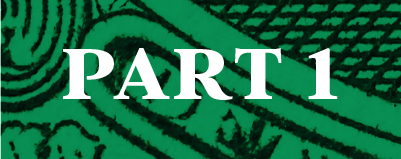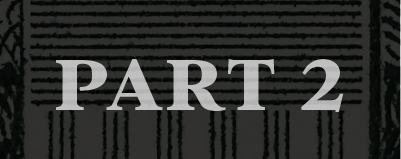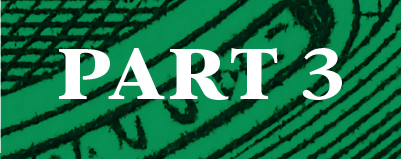The Growing Cost of Aging in America, Part 2: Medicare and Social Security
For aging Americans, Social Security is an important source of income while Medicare provides crucial health insurance coverage. As the U.S. population ages and more people rely on these programs, the rising cost of care is significant. In 2016, Social Security and Medicare accounted for 39 percent of federal government spending, while the number of people 65 and older made up 15.2 percent of the population. What will happen to federal spending on human services programs as more baby boomers turn 65?
Explore the Rest of the Series
In a three-part series, we will help explain the economic ramifications of a growing aging population in the United States. First, we looked at population growth and general health care expenditures of the aging population. Now, in this graphic, we delve into costs associated with Medicare and Social Security.

View the text-only version of this graphic.
The Rising Cost of Aging is a Public Health Issue
If you are ready to advance your With the George Washington University’s online Master of Public Health, you can prepare to tackle some of the greatest public health concerns affecting our society. Request information to speak to an MPH@GW admissions counselor.
MPH@GW, the online MPH program from the Milken Institute School of Public Health at the George Washington University





